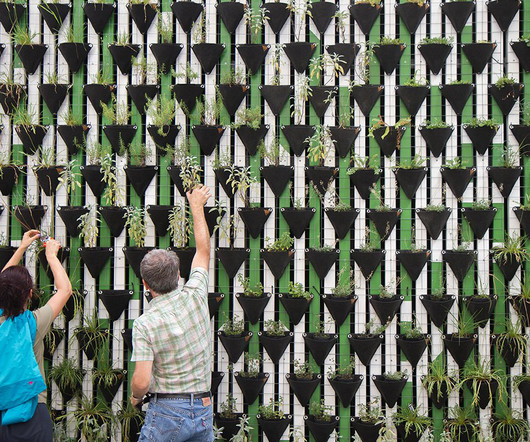Making Food Systems Work for People of Color: Six Action Steps
NonProfit Quarterly
FEBRUARY 15, 2023
And in so doing we are challenging the community development field to do better—by creating new tools to support truly equitable food-oriented development. Many large community development financial institutions , credit unions, and foundations present themselves as community-based food financing leaders.













Let's personalize your content